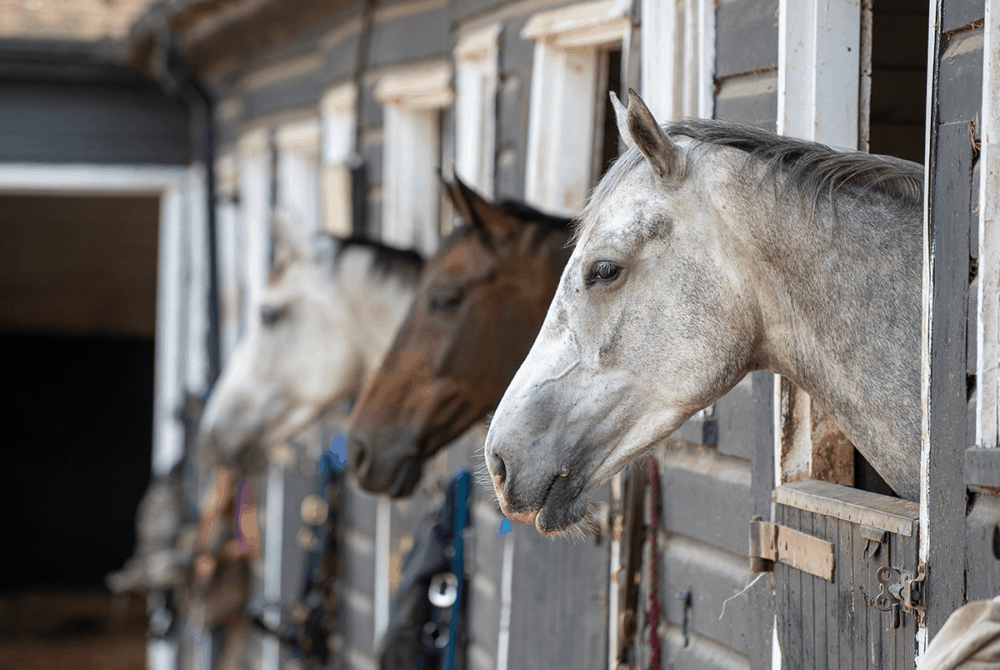Seasonal ailments
Posted 9th December 2020
By being savvy about these winter woes, you can get ahead and help prevent them. Charlotte Sinclair shows you how

As if the reduced daylight hours and the ever-present threat of rain, wind and snow weren’t enough, the winter months bring with them a heightened risk of your horse developing a number of seasonal maladies. However, as with all things equine, knowledge is power – so by better understanding some of the problems you might be faced with, you’ll know what to do in the unfortunate event your horse becomes affected.
Rain scald and mud fever
Rain scald and mud fever are both caused by the bacteria Dermatophilus congolensis – a bacteria that’s commonly found on horses’ skin but only tends to become a problem when the hair and skin get wet. Both conditions are most prevalent in horses that live out in winter, though it also occurs during particularly wet summers. Rain scald also often occurs if a horse is rugged before drying fully.
With rain scald the skin can feel like cardboard and the lesions that occur are mildly painful and crusty but non-itchy. When the crust is removed from these lesions, there’s usually a yellowish area of pus and the skin surface often looks slightly shiny and pink. The bacteria from the skin lesions of rain scald and mud fever can be identified using a microscope, however dermatitis is usually treated symptomatically without any need for further investigation.
The affected areas need to be kept dry, the horse’s grooming kit must be kept clean and not shared with other horses as the condition can be highly infectious. Washing the skin with chlorhexidine scrub will help to remove the crusts, after which point silver sulfadiazine or creams containing antibiotics and steroid can then be applied. The risk of rain scald can be reduced by ensuring that your horse is fully dry before rugging up and ensuring turnout rugs are fully waterproof.
Mud fever is more common in winter and occurs most frequently on white limbs. Similar in appearance to rain scald, the crusting scabs on the limb can be soaked or coated with a cleansing ointment and wrapped with cling film overnight to help soften and remove the scabs using a chlorhexidine scrub. An antibacterial cream such as silver sulafadiazine should then be applied, or an antibiotic steroid cream.
Mud fever prevention tactics include the use of light barrier creams – a thin layer of hydrous wool fat is ideal and should be warmed before application to prevent too much being applied. Barrier creams are helpful in the prevention of mud fever but should only be used once lesions are fully healed.
For more ways to prevent any winter woes, pick up a copy of February Horse&Rider out now










